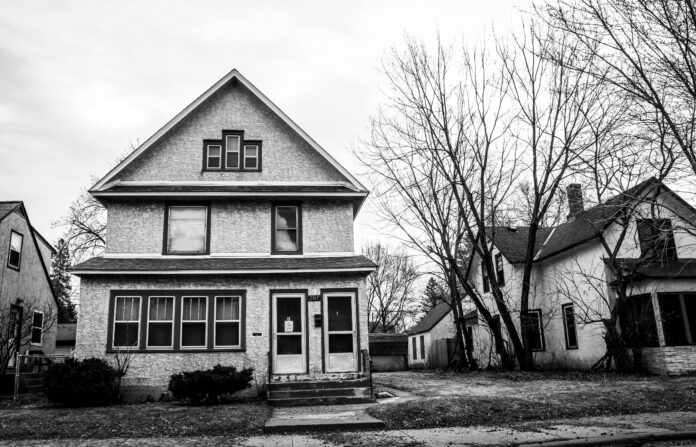In the wake of the Great Depression, the federally sponsored Home Owners’ Loan Corporation (HOLC) drew maps of neighborhoods in U.S. cities that characterized their desirability for mortgage lending. Many neighborhoods with Black and immigrant communities received the worst grade, restricting access to federally backed loans and favorable mortgage terms. Now, researchers reporting in ACS’ Environmental Science & Technology Letters have found that these “redlined” areas have higher levels of air pollution 80 years later.
In the U.S., people of color, particularly Black and Hispanic Americans, at every income level are exposed to higher-than-average amounts of air pollution. The reasons are complex and partly rooted in historical patterns of discrimination, experts say. Beginning in the 1930s, the HOLC rated neighborhoods in U.S. cities on a four-point scale: “A” (most desirable), “B” (still desirable), “C” (definitely declining) and “D” (hazardous for mortgage appraisal; “redlined”). Historical records indicate that many neighborhoods were given the “D” characterization because they had Black and immigrant communities. This designation limited residents’ ability to build wealth through homeownership, and it also influenced later government land-use decisions to place hazardous industries in or near “D” neighborhoods. Joshua Apte of the University of California, Berkeley, and colleagues wanted to examine associations between historical redlining and air pollution levels in the year 2010, which had the most recent census data available at the time of the study.
The researchers focused on two key air pollutants — nitrogen dioxide (NO2; a short-lived gas emitted by traffic, industry and other sources), and fine particulate matter (PM2.5; longer-lived, tiny particles found in dust, soot, smoke and other emissions, and also formed in the atmosphere). The team compared 1930s-era HOLC maps with 2010 air pollution levels and census demographics for 202 U.S. cities that are home to 65% of the urban population. They found that pollution levels were consistently linked with HOLC grade, especially for NO2, which was 50% higher in “D” neighborhoods than in “A” ones. At the national level, air pollution disparities were larger by HOLC grade than they were by race and ethnicity. However, within each grade, racial and ethnic disparities were observed, with lower exposure levels to NO2 and PM2.5 for white people than for people of color. Overall, the authors emphasize that present-day air pollution disparities in part reflect decisions made generations ago.
The study authors acknowledge funding from the U.S. Environmental Protection Agency.
Story Credit: American Chemical Society/Newswire
Photo Credit: Glenn Hansen/Unsplash



































